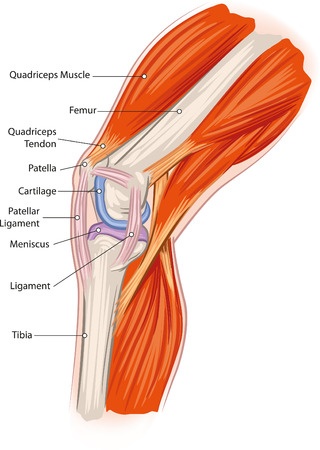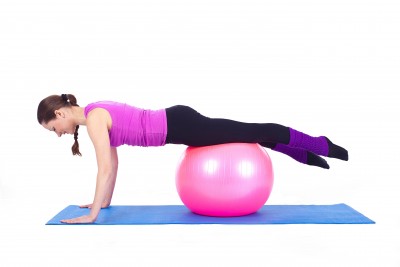
My workouts seem to be quite imbalanced. I spend too much time running and not much resistance training. Too much aerobics and less anaerobics. So I feel it necessary to crank up those weights even when I feel my caloric expenditure is not as ‘dramatic’ as when I run. But I put a big question mark to that claim.
There are two ways to burn calories - a light but continuous effort such as endurance exercises like swimming, running, walking etc. This type of endurance exercise can be configured into high, medium, and low intensity. There is a continuous flow of oxygen. Aerobic.
The other way is resistance exercises. These include weight training, high intensity muscle intensive exercises. Spurt, burst and rest. All-out and rest. In other words, your oxygen is depleted quickly by giving it all out too early. You gasp for breath to pay the oxygen debt. Anaerobic.
These exercises require skeletal muscles. I will limit my topic to skeletal muscle since these are the main actors in the exercises I am writing about. The others, like striated, cardiac, smooth aren’t included in this blog.
There are two types of muscles needed for these exercises. The red muscles/fast twitch and white muscles/slow twitch.The red muscles are usually the muscles for burst/all-out/high-intensity but short anaerobic exercises. While the white muscles are for long/enduring but slow aerobic exercises.

A marathoner builds a higher percentage of the white slow twitch muscle fibers; A weightlifter builds a higher percentage of the red fast twitch muscle fibers. It shows in their builts: a weightlifter or a springer shows good bulky muscles while a multi-distance runner or marathoner looks like he hasn’t eaten for months.
But here's the rub: Those who focus too much on fast twitch strong muscles lack endurance; while those who focus too much on slow twitch enduring muscles lack strength. So if both athletes would get sick and lay on a hospital bed for an extended time, the muscle strength-driven patient may not be able to walk longer than a hundred feet due to easy fatigue. While the endurance muscle-driven patient may be able to walk longer than a hundred feet but his muscles are too weak to do so.
What is needed is a BALANCE among the skeletal muscles of the body. This balance becomes more important as we age. Weak fast twitch muscles reduce the ability to refelxively counter a loss of balance leading to a fall. Weak endurance muscles prevent you from doing longer tasks that are needed for cardio-vascular health leading to all sorts of medical problems. To maintain this BALANCE, we need to work for endurance and strength constantly. Do not get limited to one and ignore the other.
Just like me, I can get enamored with running ignoring the strengthening part of my daily exercises. This can lead to different conditions that may arise:
- Back pain because your core is subjected to high level of rotation without it being prepared
- Iliotibial band due to being overuse without being stretched or warmed up
- VMO which tracks the patella correctly. If ignored, it leads to chondromalacia patella or runner’s knee.
- Running muscles are limited to a certain group of leg and trunk muscles only running the risk of ignoring the supporting muscles around them leading to muscle imbalance.
- And for those 60 and above, you need more muscle balance to counter the risk of falling which becomes more prevalent with age, wear and tear of joints, osteoporosis and neurological integrity. Others may suffer from vertigo and low proprioception. Others (like me) can get head congestion due to sinus allergies and can also affect the sense of balance.